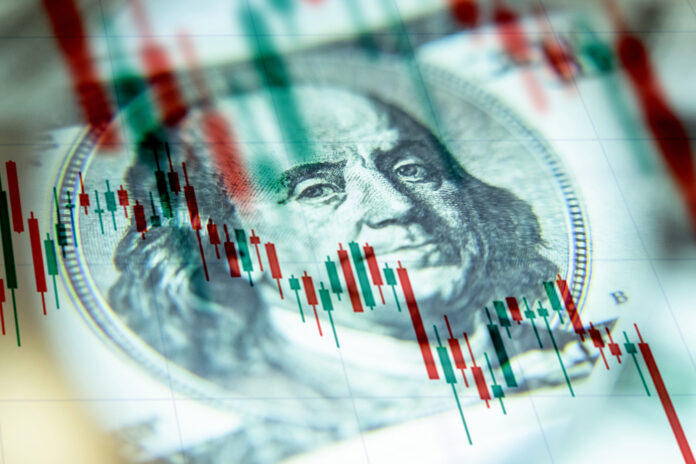The country’s balance of payments (BOP), a snapshot of foreign currency earnings minus its expenses, swung into a surplus in January this year from a deficit a month before.
According to the Bangko Sentral ng Pilipinas (BSP), the improvement was the result of the confluence of two significant events.
First, the BSP took in foreign currency-denominated deposits from the national government representing proceeds from the sale of $1 billion worth of global bonds the previous December.
Second, earnings from the foreign currency investments of the central bank during the month were similarly added to the balance.
As a result, the country’s gross international reserves (GIR), an indicator of capacity to pay for the country’s trade activities with the rest of the world as well as finance foreign currency loans as they mature, rose to slightly over $100 billion.
“The latest GIR level represents a more than adequate external liquidity buffer equivalent to 7.6 months’ worth of imports of goods and payments of services and primary income. Moreover, it is also about 6.2 times the country’s short-term external debt based on original maturity and 4.1 times based on residual maturity,” the BSP said.
The global standard for GIR level is only three months.







